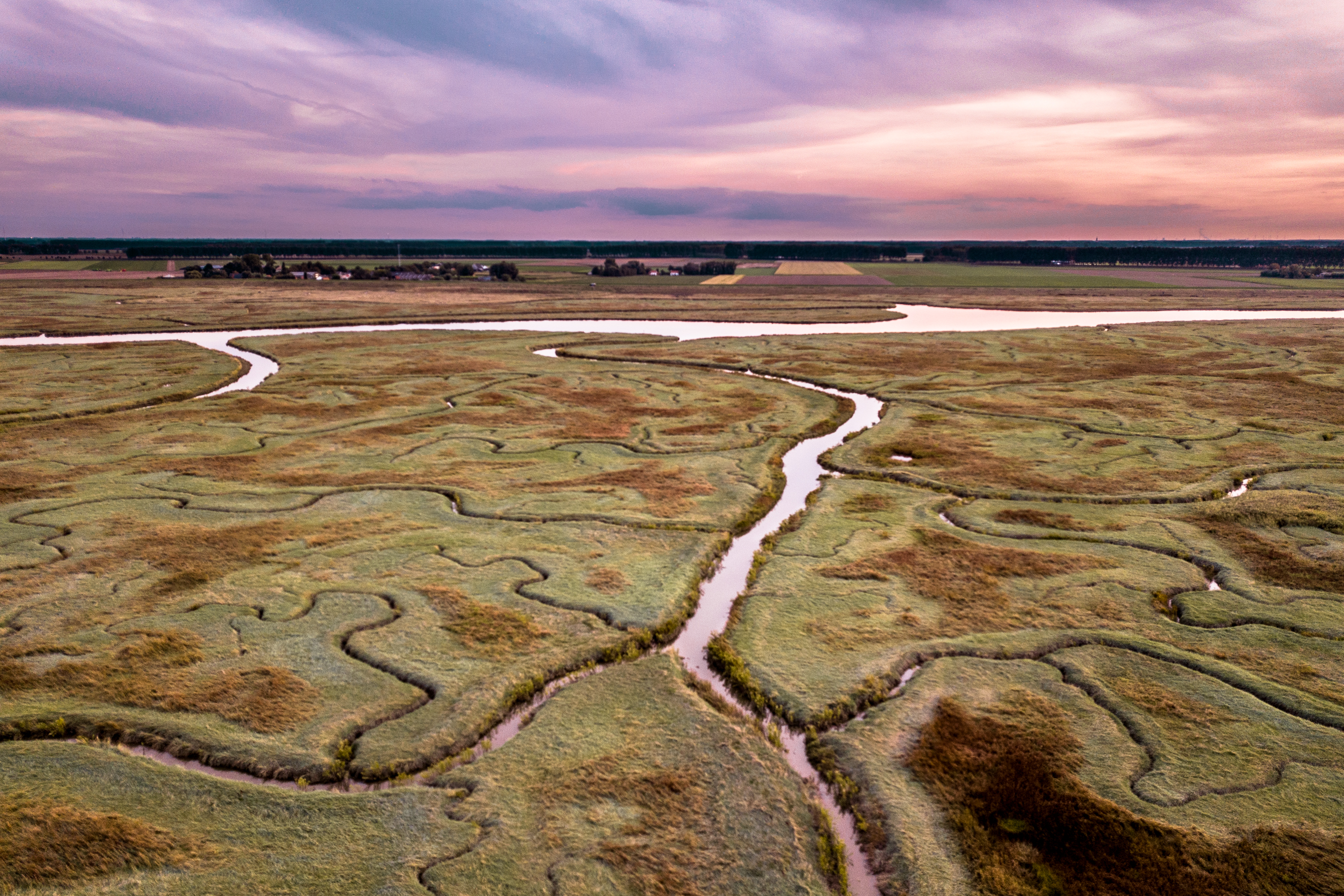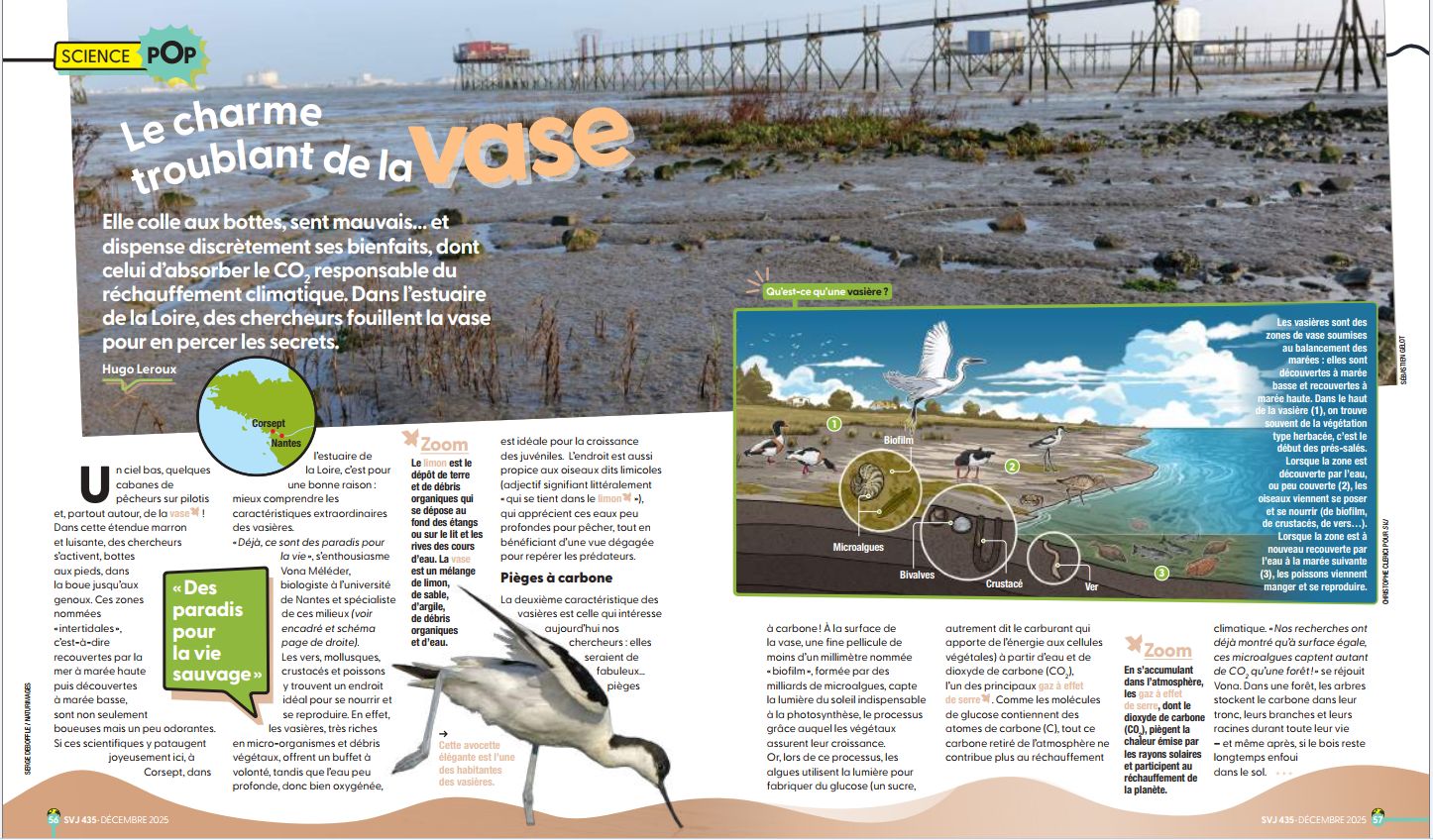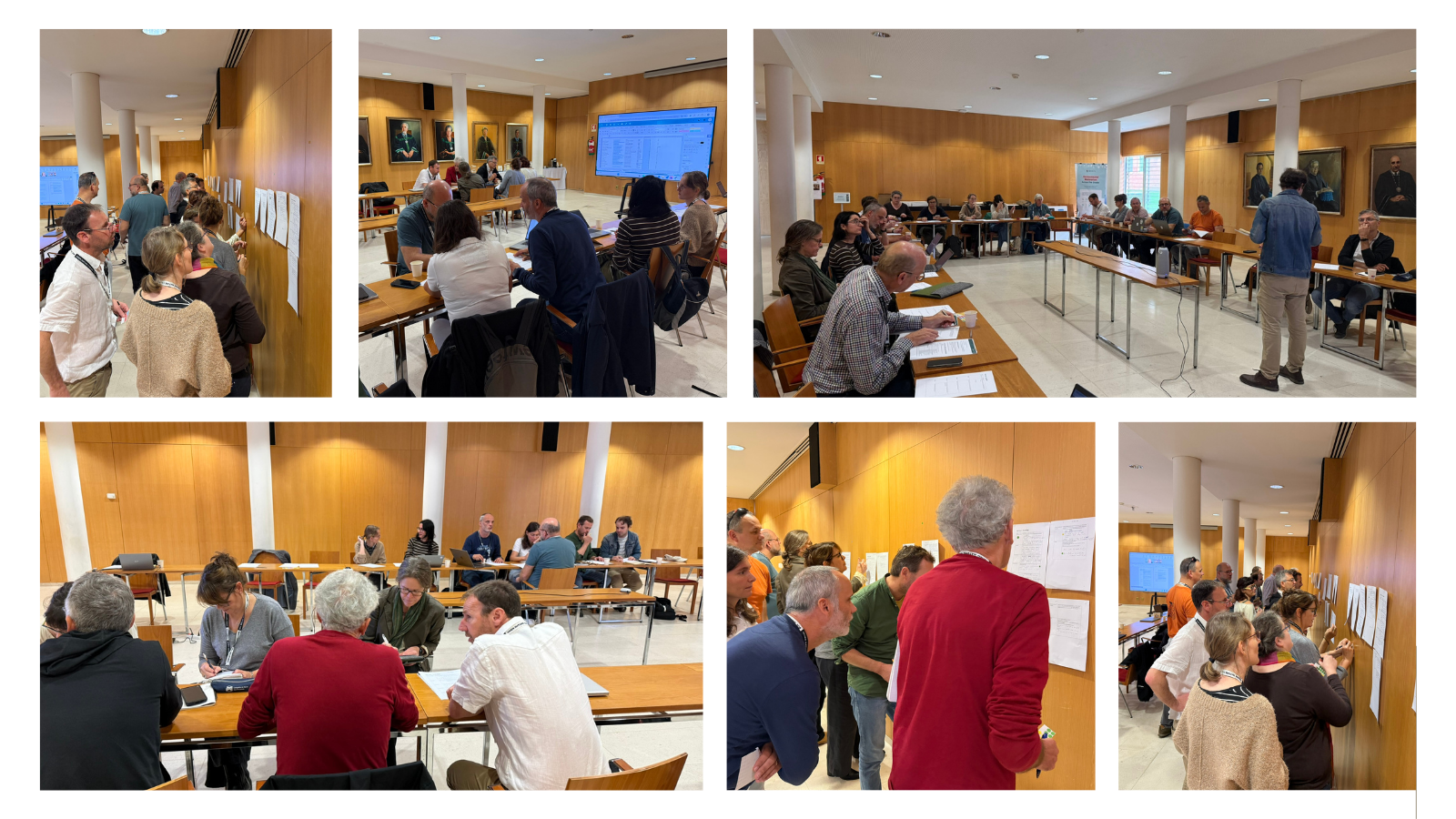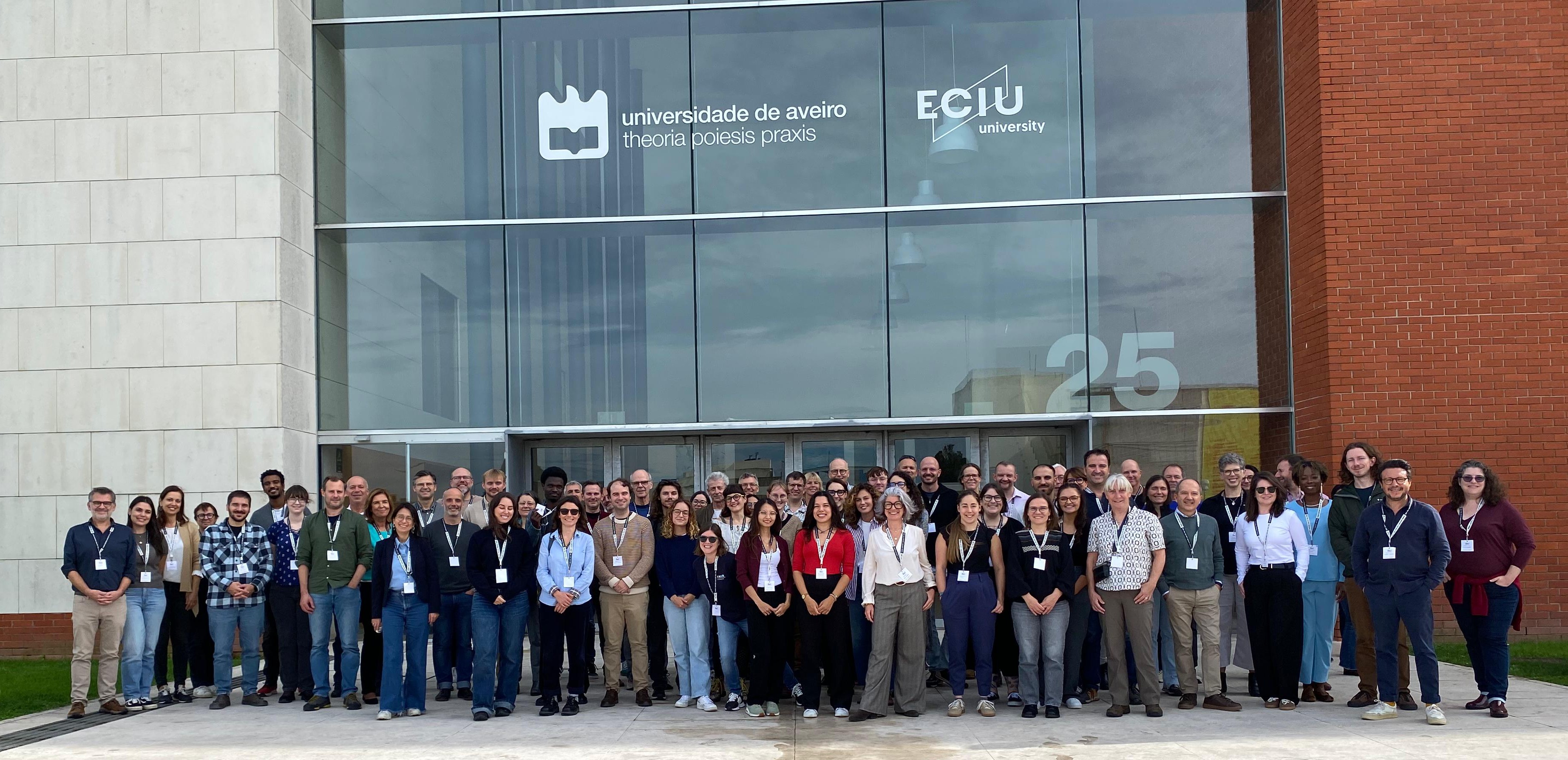A New Era of Nature Restoration: EU's Ambitious Plan to Revive Our Planet
How the European Council's Groundbreaking Regulation is Set to Transform Our Environment by 2050

Get ready to witness history in the making! On June 17, the European Council adopted a groundbreaking regulation on nature restoration that promises to reshape our environmental future. In the past, the EC has only set out regulations to preserve. This new approach to restoring nature is a revolutionary move that sets the stage for reaching international conservation goals, combating climate change, and reviving our ecosystems.
The plan is ambitious, with legally binding targets for 2030, 2040, and 2050. Imagine transforming barren landscapes into thriving biomes, planting trees, and revitalising degraded environments. By 2030, member states must restore at least 20% of the EU’s land and sea areas. This includes everything, and I mean everything: grasslands, rivers, lakes, urban ecosystems, agricultural areas, forests, coasts, freshwater, and marine ecosystems, the whole lot! The initial focus will be on Natura 2000 sites, but by 2050, the goal is to restore at least 90% of all degraded habitats.
The regulation sets high standards, requiring member states to improve at least two of the following:
- improving grassland butterfly populations,
- increasing organic carbon stocks in soils,
- and enhancing agricultural land diversity.
By 2030, they must also plant an additional three billion trees—equivalent to 0.1% of all trees on Earth—and turn 25,000 kilometres of rivers into free-flowing streams.
Europe's wild insect pollinators have seen a dramatic decline, jeopardising biodiversity, food production, and plant diversity. Remember the desolate and flowerless New York Central Park in the Bee Movie? The European Council and member states are striving to avoid that grim reality. The new law mandates the reversal of the decline of pollinator populations by 2030, ensuring these vital insects continue to support our ecosystems.
As part of the European Green Deal, this law shifts from preservation to active restoration, with the European Commission closely monitoring its progress.
Alain Maron, the Brussels-Capital Region’s Minister for Climate Transition, emphasised, "There is no time for a break in protecting our environment."
This determined regulation represents a monumental step towards a sustainable future. With legally
binding targets and an incredibly comprehensive approach, member states prepare to lead the global charge in
environmental restoration. Let’s eagerly watch as the EU turns this vision into reality!




